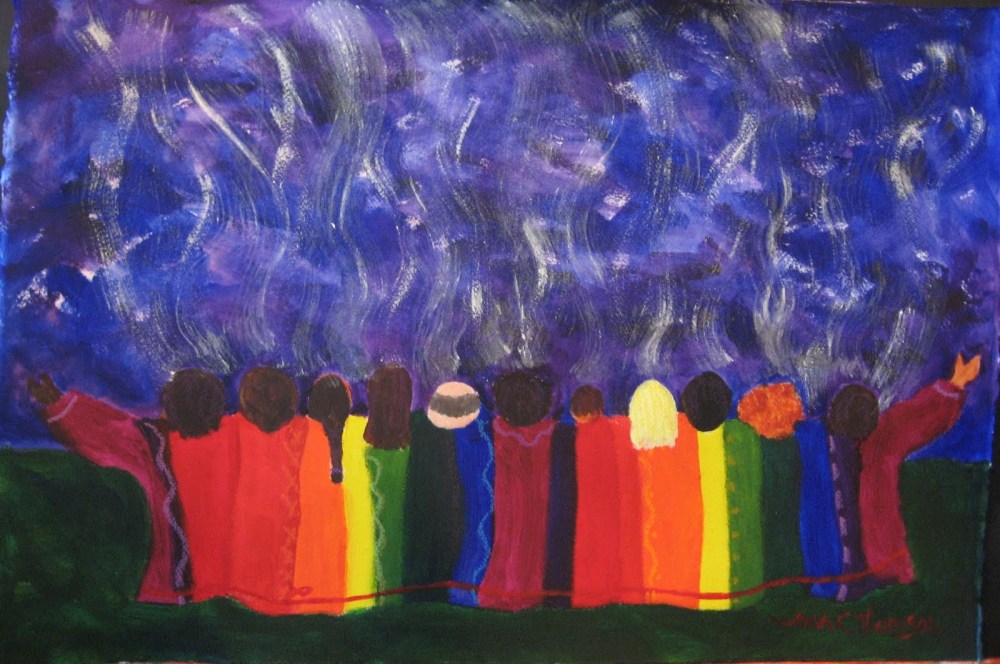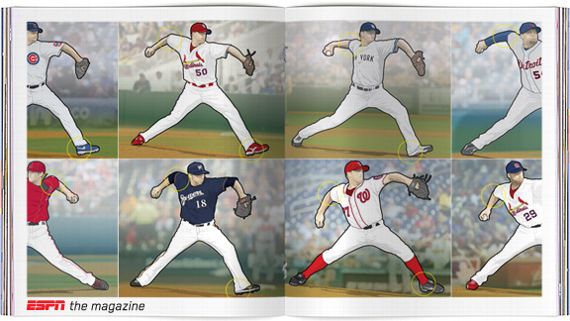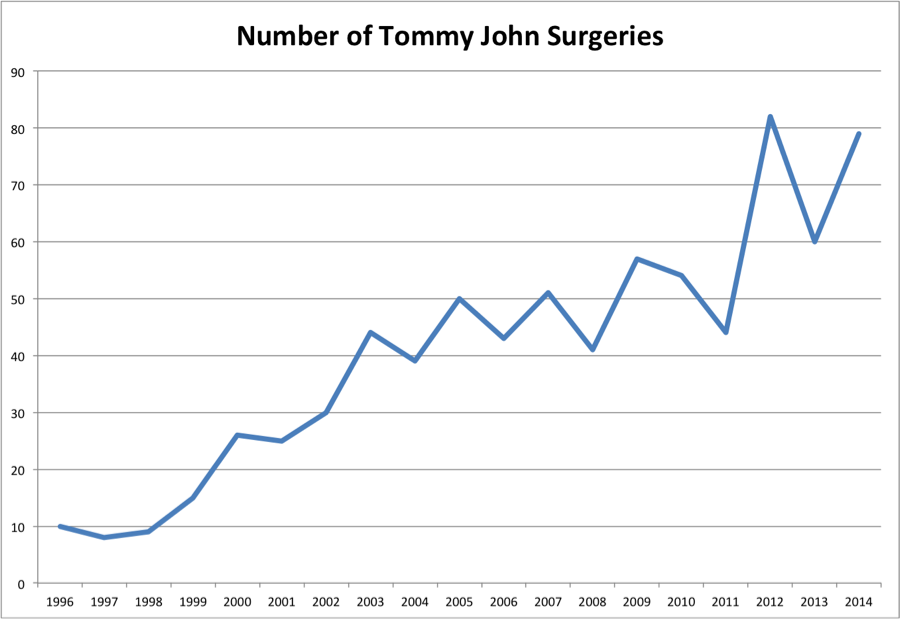Psalm 97
1The Lord is king! Let the earth rejoice; let the many coastlands be glad!
2Clouds and thick darkness are all around him; righteousness and justice are the foundation of his throne.
3Fire goes before him, and consumes his adversaries on every side.
4His lightnings light up the world; the earth sees and trembles.
5The mountains melt like wax before the Lord, before the Lord of all the earth.
6The heavens proclaim his righteousness; and all the peoples behold his glory.
7All worshipers of images are put to shame, those who make their boast in worthless idols; all gods bow down before him.
8Zion hears and is glad, and the towns of Judah rejoice, because of your judgments, O God.
9For you, O Lord, are most high over all the earth; you are exalted far above all gods.
10The Lord loves those who hate evil; he guards the lives of his faithful; he rescues them from the hand of the wicked.
11Light dawns for the righteous, and joy for the upright in heart.
12Rejoice in the Lord, O you righteous, and give thanks to his holy name!
John 17:20-26
20”I ask not only on behalf of these, but also on behalf of those who will believe in me through their word, 21that they may all be one. As you, Father, are in me and I am in you, may they also be in us, so that the world may believe that you have sent me. 22The glory that you have given me I have given them, so that they may be one, as we are one, 23I in them and you in me, that they may become completely one, so that the world may know that you have sent me and have loved them even as you have loved me.
24Father, I desire that those also, whom you have given me, may be with me where I am, to see my glory, which you have given me because you loved me before the foundation of the world. 25“Righteous Father, the world does not know you, but I know you; and these know that you have sent me. 26I made your name known to them, and I will make it known, so that the love with which you have loved me may be in them, and I in them.”

“A Case Against UnFriending”
St. Andrew’s Presbyterian Church (5/8/16)
Rev. Jeremy Watson
In 2008, there was a book written by a journalist named Bill Bishop, with help from Robert Cushing, a sociologist at the University of Texas.
It was called The Big Sort: Why the Clustering of Like-Minded America is Tearing Us Apart. This is a quick summary . . .
“America may be more diverse than ever coast to coast, but the places where we live are becoming increasingly crowded with people who live, think, and vote like we do. This social transformation didn’t happen by accident. We’ve built a country where we can all choose the neighborhood and church and news show — most compatible with our lifestyle and beliefs. And we are living with the consequences of this way-of-life segregation. Our country has become so polarized, so ideologically inbred, that people don’t know and can’t understand those who live just a few miles away.”[i]
While the most obvious demonstration of this seems to be the stark red and blue divide of our politics, the authors make a strong case for that as merely the tip of the iceberg, as a mere symptom of a much deeper and more pervasive problem. We live in great distance from one another. In all areas of life, we have found ways to segregate ourselves into like-minded communities, and to distance ourselves from those whom we disagree with, or live differently than, or think differently than.
It is now 2016, and it is safe to say that this clustering has only increased in the past 8 years. There is one area of life that was relatively new back when the aforementioned book was written. And yet “social media” might be the best demonstration of this Big Sort.

We now have the capability of connecting with people across all walks of life, through cyberspace. We can find childhood friends and watch their lives, see pictures of their kids, vacations, and the “staged perfection of their lives.” We can befriend a long-lost relative, get to know our coworkers better, or stay in touch with someone we met at a conference or mission trip. We can get the word out about our kid who is in a video contest to win a trip to Washington DC. Thank you to all who voted for Colby and his friends, they are incredibly excited! We could use social media to greatly expand the diversity of our lives in ways that earlier generations could not have imagined. We could.
However, recent studies have shown that most of us use social media to create even more segregation in our lives.[ii] In recent months, websites and phone aps have been created, to great fanfare, that can help us eliminate all mentions of certain political candidates on Facebook, Twitter, Instagram, and even help us to “unfriend” anyone who sides with that candidate. We can eliminate people from our social media circles with great efficiency. The comedian Jimmy Kimmel has even used his platform to create a holiday called “National Unfriend Day.”[iii] It is celebrated as a practice that creates a sense of freedom, and eliminates all that we may find annoying or offensive in any way. We can “unfriend” with the click of a button. Click! Be gone with you!
Today’s Gospel passage is part of the “Priestly Prayer” of Jesus. The whole of John 17 is Jesus’ Priestly Prayer and we read 1/3 of it each year in our 3-year lectionary cycle. The first section is Jesus praying for himself and his own mission in the world. The second section is Jesus praying for his disciples. And this section, Year C, is Jesus praying for us. Jesus is praying for the future followers of Jesus throughout history. He is praying for us, for you and for me, a priestly prayer, interceding between God and us.
As you can hardly miss, the primary prayer of Jesus for us is unity. That they all may be one, repeated 4 times in the span of 3 verses.
21that they may all be one. As you, Father, are in me and I am in you, may they also be in us, so that the world may believe that you have sent me. 22The glory that you have given me I have given them, so that they may be one, as we are one, 23I in them and you in me, that they may become completely one, so that the world may know that you have sent me and have loved them even as you have loved me.

We are called to be united in the love of God. Those of us in these pews and all who are part of this church family. And by church family, Jesus means every church, all of the followers of Jesus in and throughout our communities. It is clear that unity is very important to Jesus, that he wants us to be connected to one another. In the midst of all of the diversity of the church, the dozens and dozens of denominations and church flavors within our neighborhood, Jesus prayed for us to be connected, to know one another and to be joined together. To be unified in proclaiming the good news of God’s love for ALL. To be bound together by recognizing that ALL are loved by God. And this isn’t a “pie in the sky” sentimentality from Jesus. He’s not a beauty contestant calling for world peace. Jesus understood diversity and the inherent struggles that come with it, by experience. Just among his 12 disciples, he had a zealot (a radical separatist who wanted to overthrow the government) a tax collector (who had joined with the government to help rule), and another guy who betrayed him to his death. They weren’t a homogenous group, and they argued all the time. Jesus understood diversity, and he prayed for unity in the midst of it.
If we look at the center of the word “religion” we can see this idea right there. The root of that word is “lig” from the Greek, and it means “bind, tie, hold.” It is the same root word we find in “ligament,” the material that holds all of our bodies together.[iv] Imagine a body without ligaments. A sack of bones and muscle, flopping around in our skin, completely useless. Religion is to be a demonstration of that which holds the body together, that allows it to function. And, of course, there is no better way to explain this than looking at baseball. All baseball players and fans know about ligaments and diversity. Let me explain.

Baseball is a microcosm of life and baseball has a lot to teach us about ligaments. Ulnar Collateral Ligaments, to be precise. UCL. Baseball fans know that acronym. And most people know it by another name. What type of surgery repairs a torn UCL? Tommy John surgery! You’ve probably heard that name. The UCL is right here, in the elbow. This is the most vulnerable part of a baseball pitcher. It is the ligament where most of the torque is placed as you throw, and the so it gets torn most often. This ligament is worth $20 – $25 million / year if you are one of these guys. These are drawings of some of the best pitchers in baseball, and all of them have torn their UCLs. And all of them have recovered because of Tommy John surgery. In 1973, Tommy John was a star pitcher for the Los Angeles Dodgers and he tore his UCL. At that time, it was a career-ending injury. But he decided, along with his ground-breaking Doctor, Frank Jobe, to see if taking some ligament from his hip and sewing it in as a new UCL would work. After a long, arduous recovery over a couple of years, Tommy John came back and pitched as good as ever.

This graph shows the rise in Tommy John surgeries in Major League Baseball, starting with 1 in 1974, and up to 90 Tommy John surgeries a few years ago. There has been a dramatic rise in these surgeries, to the point where major league pitchers now have a 50% chance of having this surgery at some point in their career. Some never recover fully, some not at all, and all miss at least 1 full year of their careers. Scarier than that, though is that minor league, college, and high school pitchers are seeing the same statistical rise in torn UCLs. So what has caused this dramatic rise in the tearing of ligaments. This is the billion dollar question for Major League Baseball.
And this is what we are finally learning. Too much uniformity tears ligaments, while diversity creates healthy ligaments. The rise in ligament tears follows shortly after the rise in the year-round specialization of youth sports. As competition and money has increased, it has become the standard for 10 and 11 year old kids, or even younger, to specialize in 1 sport in order to increase their chances of making it all the way. It is highly competitive and highly specialized. And baseball scientists (for real! I told you this is a billion dollar problem) are realizing that over the course of many years, especially at a young age, this repetitive motion breaks down ligaments. Pitchers who grew up in smaller towns, without specialized sports, or colder climates, without year-round baseball, or pitchers who chose to play multiple sports at different times of year and take a break from baseball, these pitchers are proving to have the most durable Ulnar Collateral Ligaments. Baseball teaches us this, when it comes to ligaments, uniformity is unhealthy, while diversity creates more strength throughout the body.
Jesus taught the same lesson as baseball to us, the church. However, in the book I referred to earlier discussing the Big Sort, chapter 7 is all about the church. The authors, Bishop and Cushing, start that chapter by saying, “American churches today are more culturally and politically segregated than our neighborhoods.”[v] If we are hoping that the religio of the Christian church is an antidote to our clustering, in answer to Jesus’ prayer, we are sorely disappointed. We split ourselves into countless denominations and church flavors that generally don’t partner together. We even cluster ourselves within our denominations and even within our churches. As they write “the goal of the church in other times was to transfigure the social tenets of those who came through the door. Now people go to a church not for how it might change their beliefs, but for how their precepts will be reconfirmed.”[vi] When our beliefs are repeated and emphasized, without debate or critique, it leads to more extreme beliefs, on all sides. This clustering, without relational connections, leads to an increasing polarization within the church.
Now to be fair to us, the primary target of their critique is the evangelical megachurch. In fact, they claim that a primary reason behind the decline in membership of the mainline churches, like ours, is that evangelical megachurches mastered the art of marketing the church to homogenous subcultures. They realized the allure of offering a place full of people who are just like me, complete with daycare, fitness club, coffee shop, and bookstore, all helping to fit one’s entire life around a cluster of like-mindedness. And they grew like wildfire. They tapped into our primal desire for tribalism, while mainline churches like ours, well . . . we either just missed the boat in our stubbornness, or we stubbornly insisted that we are about something deeper than that. I hope that it’s more of the latter. Either way, we envied their growth and suffered our losses. And it leaves us with our own set of questions to answer.
In what ways do we fail to demonstrate the unity of Jesus? To our credit, we at St. Andrew’s have responded by engaging in creative efforts to increase our connections outward throughout our neighborhoods. Our partnerships through SW Hope and Neighborhood House have increased our connections to different denominations, faith traditions, and beyond. Our efforts for artists to use our venues has increased our community connections, and given voice to more voices. And our mission statement consistently pulls us in that direction, “connecting with Christ and each other to serve our neighbors.” We have a pro-ligament mission statement!
But I don’t want to let us off the hook too easy in this, for we are surely a community that could use more diversity. There are visitors who come here and don’t feel as if they fit in this community. We strive to be a “big-tent” church, but there are some corners of the tent gathering cobwebs. We make efforts to welcome all, and we succeed and we fail. Even this sermon, in which I refer to “evangelical mega churches” as “they” is a demonstration that there is a stark divide in the body of Christ, at least for me and any who resonate with my feelings. There are entire swaths of the church and community that we are completely disconnected from.
The Priestly Prayer of Jesus calls us to move beyond that and to find ways to be united with others. Jesus prays for us to be the ligaments that tie people to one another. That is a demonstration of God’s love, as one Bible commentator wrote, “If humankind, in ceaseless disharmony with itself, observes a people of manifest differences and great diversities living in joyous common cause and unwavering, grateful commitment to each other, and if these people say that the love of Christ has done it and lives in their oneness, then conclusions may be reached about Jesus, and perhaps about the Oneness of love that is God.”[vii]
We can be the demonstration of unity that Jesus prayed for. Whether it is in our own neighborhood or greater Portland. Whether it is in our social media world , or any avenue of connections, may we build and keep connections, especially when they are annoying or difficult. May our faith community be known as the place where the love of God binds people together, as Jesus prayed, “that (we) may all be one.” May it be so. Amen.
[i] http://www.thebigsort.com/home.php
[ii] https://www.washingtonpost.com/news/the-intersect/wp/2015/12/16/you-might-think-trump-is-bad-but-unfriending-his-supporters-on-facebook-is-worse/
[iii] http://abc.go.com/shows/jimmy-kimmel-live/news/editors-picks/jimmy-kimmel-national-unfriend-day-11182015
[iv] thanks to Rev. Becca Gillespie Messman in “Ghosting the Church” http://pres-outlook.org/2016/04/ghosting-the-church/
[v] Bishop and Cushing, The Big Sort: Why the Clustering of Like-Minded America is Tearing Us Apart, p. 159.
[vi] Bishop and Cushing, The Big Sort: Why the Clustering of Like-Minded America is Tearing Us Apart, p. 180.
[vii] Dr. Paul Simpson Duke. http://blogs.baylor.edu/truettpulpit/2016/04/25/john-1720-26/
Works Consulted:
http://thewakingdreamer.blogspot.com/2013/05/that-world-may-believe.html
http://www.workingpreacher.org/preaching.aspx?commentary_id=1637
http://www.workingpreacher.org/craft.aspx?m=4377&post=2566
http://thq.wearesparkhouse.org/featured/easter7cgospel/
http://words.dancingwiththeword.com/2013/05/a-unity-not-of-our-making.html
http://www.workingpreacher.org/preaching.aspx?commentary_id=592
Pulpit Fiction podcast http://www.pulpitfiction.us/show-notes/166-easter-7c-may-8-2016